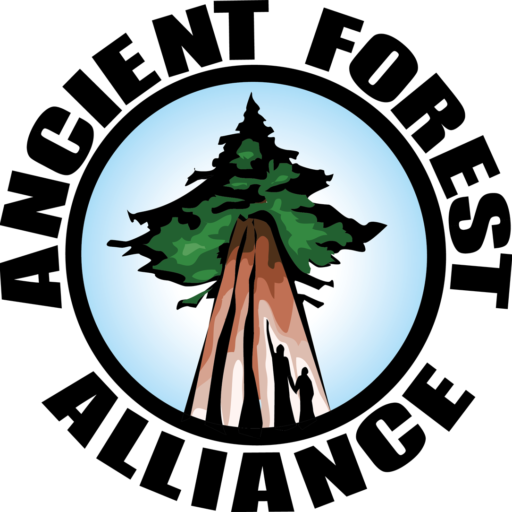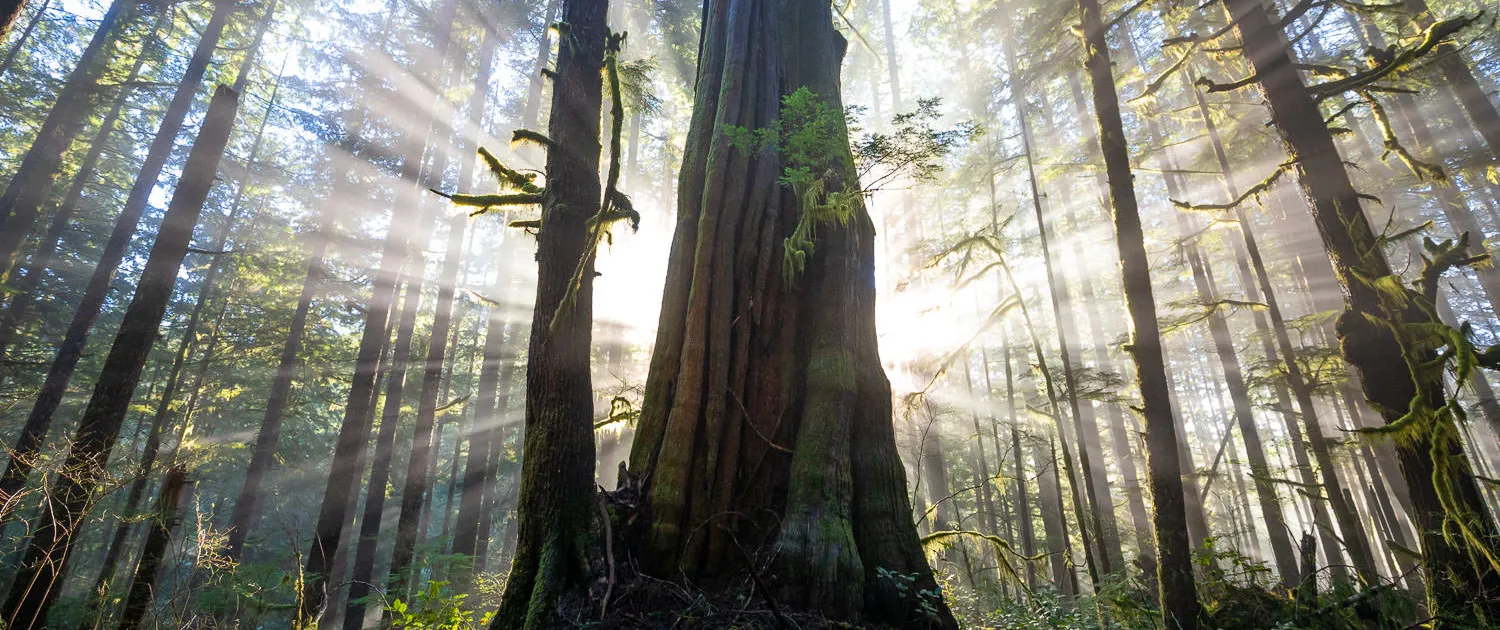
Rally stands for ancient trees
CTV News Clip on the rally at Cathedral Grove against Island Timberlands:

Protesters target old-growth logging on Island
"Protesters from the Ancient Forest Alliance, the Port Alberni Watershed-Forest Alliance and several other groups unfurled a banner reading 'Hands off old growth' and handed leaflets to visitors stopping at Cathedral Grove on Highway 4.
Conservationists are calling on Island Timberlands to suspend plans to log old-growth forests while asking the provincial government to restore a park acquisition fund, and earmark $40 million a year for a decade to go into the fund."

Rally Against Logging Old-Growth Forests
Coast News - "Ken Wu of the Ancient Forest Alliance says the deregulation of large areas of old growth forest by the government in 2004 has enabled the company to start logging areas that animals like elk and deer, and endangered species like the Queen Charlotte Goshawk, rely upon for survival...'...they’ve got to back off from the areas that were previously designated for protection. These areas are the ecological gems; the high conservation-value forests and extremely rare old growth forests where deer and elk spend the winter. Those areas were all off-limits to logging until the government removed those environmental laws just a few years ago.'"

Are big-five forest firms about to get a windfall?
The Province - "Author Ben Parfitt is among those concerned about a small number of large forest companies gaining even greater control over B.C.’s publicly-owned forests."

Anti-logging blockade aims to protect Chilcotin moose
CBC News - "Members of the Tsilhqot'in First Nation have set up a blockade to stop logging southwest of Williams Lake, saying they're worried about declining moose populations in the Chilcotin. Chief Joe Alphonse, chair of the Tsilhqot'in government, says an area known as the "Big Meadow" was once an ideal moose habitat covered with lush forests of pine."
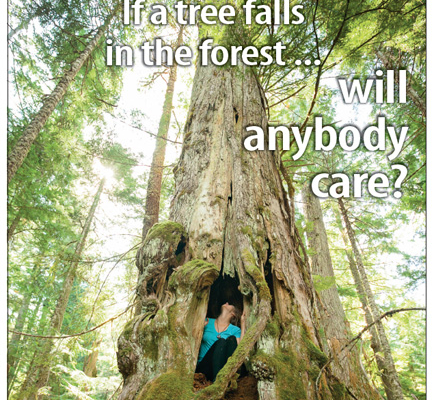
Ancient trees, historic sites at risk in Roberts Creek Headwaters Forest
The Local newspaper - "Local environmental groups are calling on the BC government to establish an ecological reserve on approximately 15 hectares of endangered old-growth forest located on public (Crown) land at the headwaters of Roberts Creek. BC Timber Sales (BCTS) has applied to log DK045, the mid elevation old-growth yellow-cedar forest, located about seven kilometres northeast of Roberts Creek village. The group contends the forest’s proximity to Highway 101 makes it a high potential eco-tourism destination. With the sale of the block delayed until March, 2014 as BCTS awaits the results of an ecological and cultural survey by Ministry of Forest researchers."
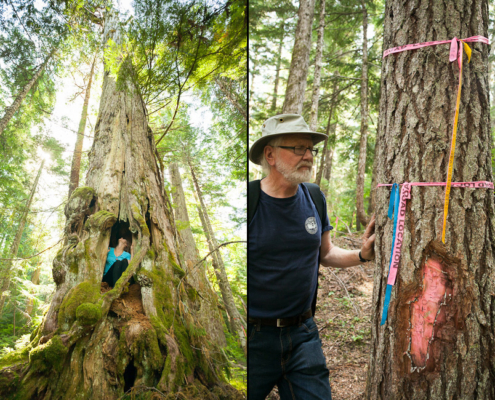
Ancient Yellow-Cedar Forest at Risk in the Roberts Creek Headwaters Ancient Forest, Sunshine Coast, BC
Roberts Creek, BC - Local environmental groups are calling on the BC government to establish an Ecological Reserve on approximately 15 hectares of endangered old-growth forest located on public (Crown) land at the headwaters of Roberts Creek on BC’s Lower Sunshine Coast. The mid elevation forest, located about 7 kilometres northeast of the community Roberts Creek, is proposed to be logged by BC Timber Sales (BCTS).
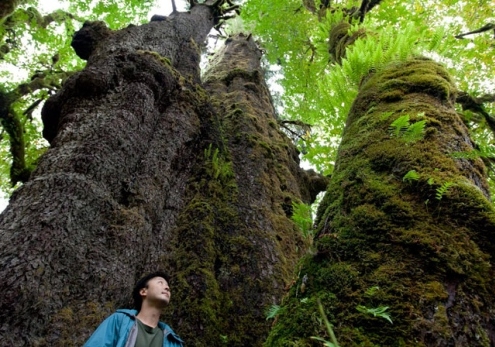
War in the Woods mass arrests 20 years ago prompted lasting change
It is the quiet amid the chaos just as the logging trucks and police rolled in that Tzeporah Berman remembers acutely about the War in the Woods, the fight by environmentalists 20 years ago over Clayoquot Sound. Every day for almost three months during the summer of 1993, Berman and hundreds of other protesters stared down the logging trucks destined for some of Canada's most pristine old-growth forests on Vancouver Island, B.C.

Twenty years after clash at Clayoquot Sound, activists see new wave of unrest on the horizon
Twenty years after a protest led to massive arrests on logging roads in Clayoquot Sound the organizers say a lot has changed – but a lot hasn’t, and they predict a new generation of activists may soon be on the barricades again.
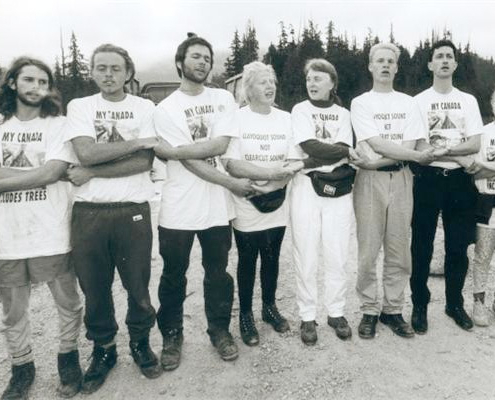
Clayoquot protest 20 years ago transformed face of environmentalism
The protests at Clayoquot Sound, which lies just off Tofino on Vancouver Island’s outer coast of pristine beaches, rugged coastlines, islets, inlets and tranquil sheltered coves, represented the coalescing of public objections to clearcut logging plans by corporations who were following government policy in majestic old-growth forests.
